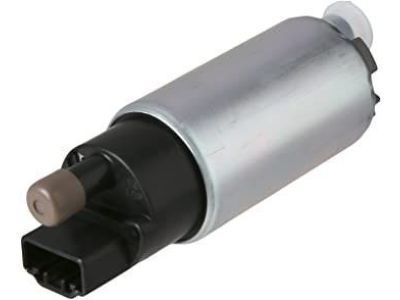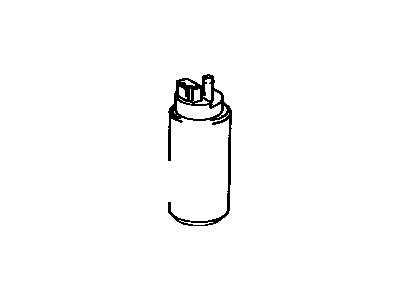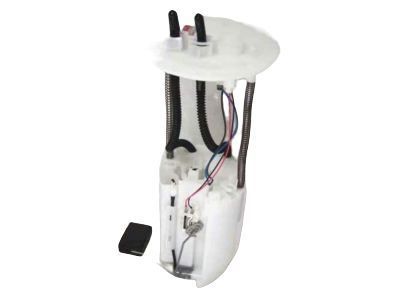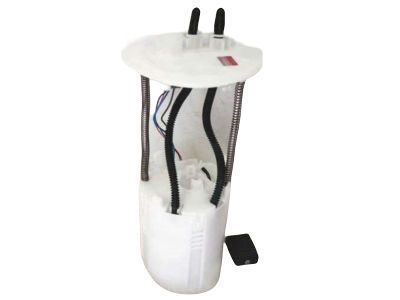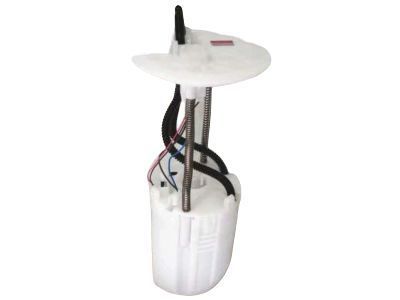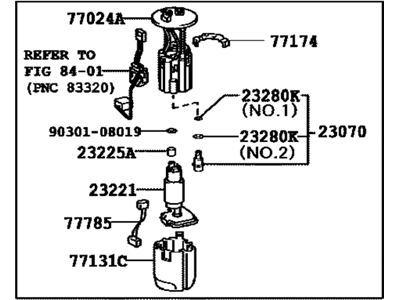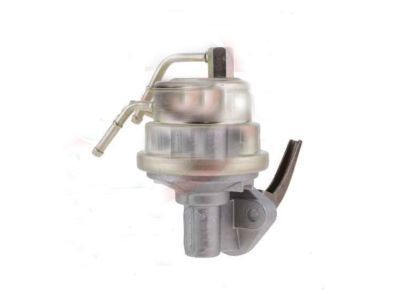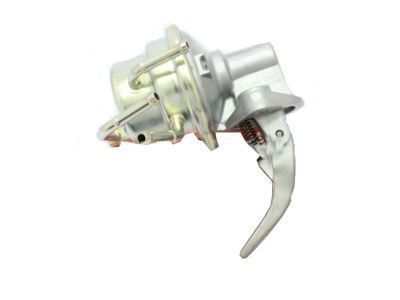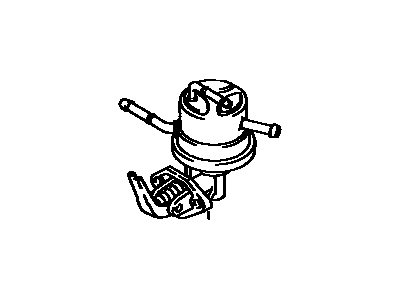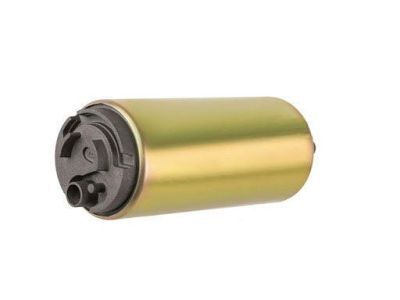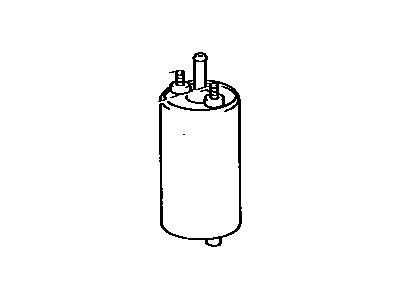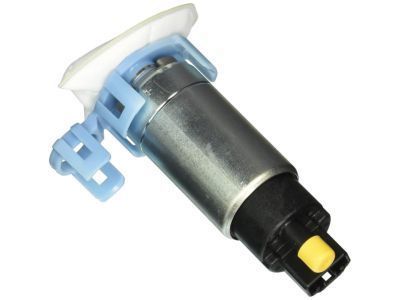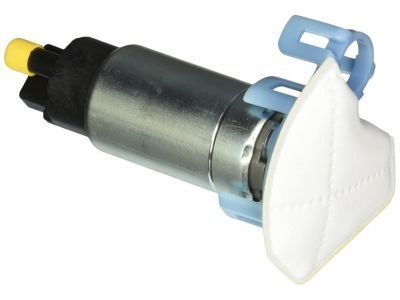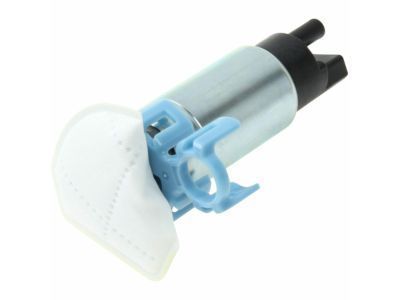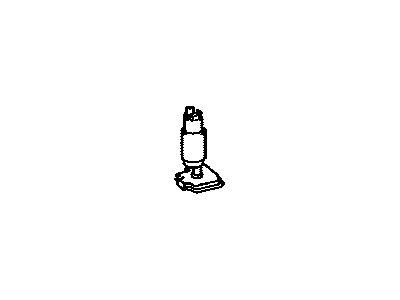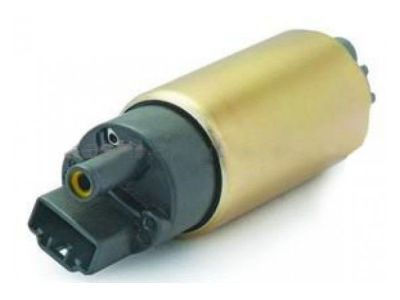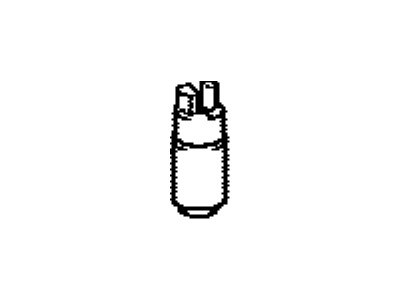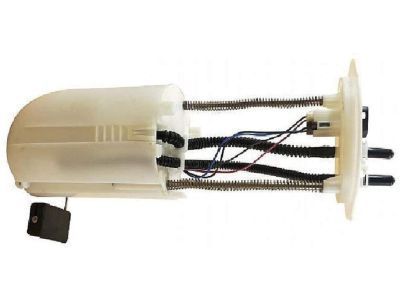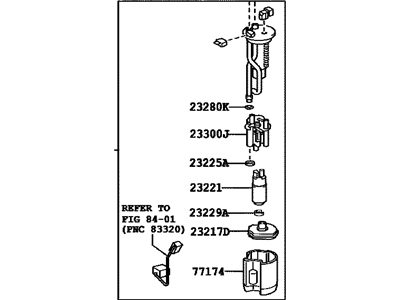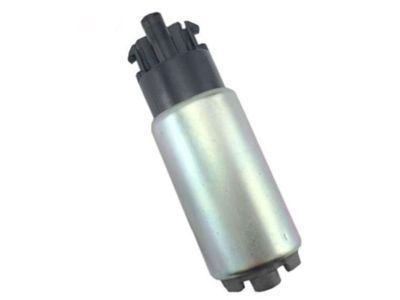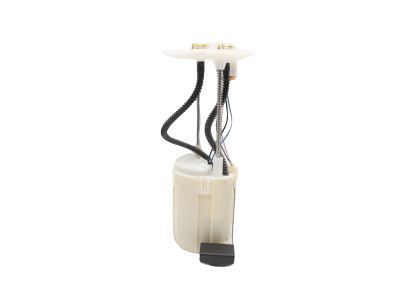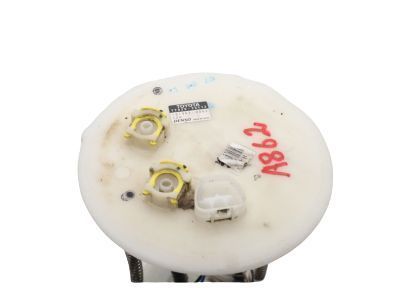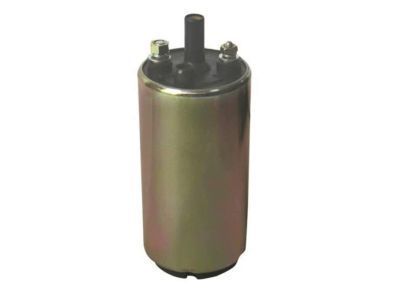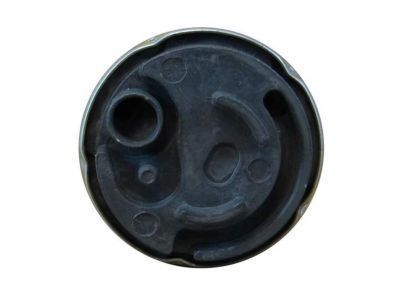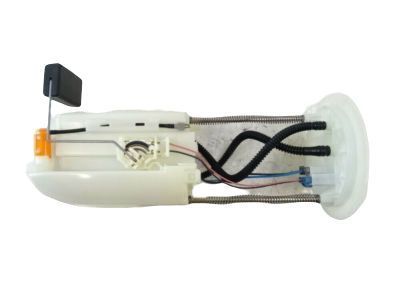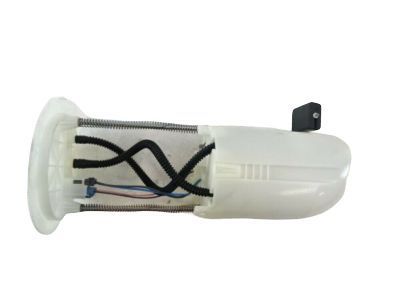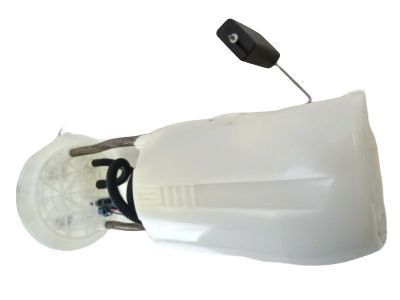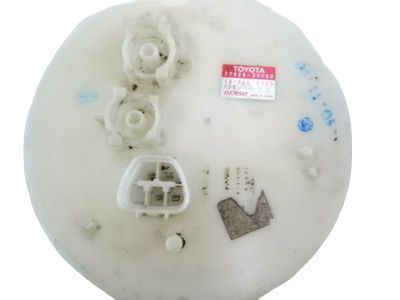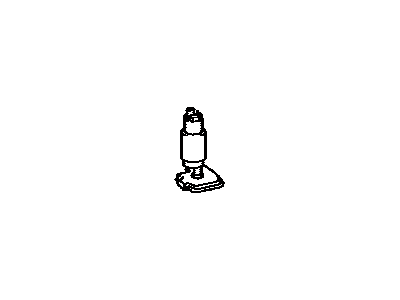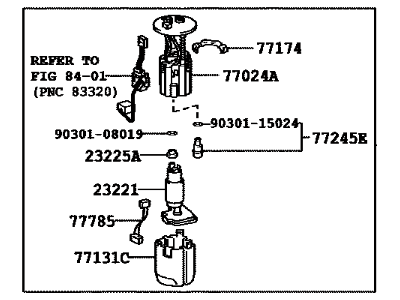

My Garage
My Account
Cart
Genuine Toyota 4Runner Fuel Pump
Gas Pump- Select Vehicle by Model
- Select Vehicle by VIN
Select Vehicle by Model
orMake
Model
Year
Select Vehicle by VIN
For the most accurate results, select vehicle by your VIN (Vehicle Identification Number).
22 Fuel Pumps found
Toyota 4Runner Fuel Pump Assembly
Part Number: 23221-46010$273.63 MSRP: $392.37You Save: $118.74 (31%)Ships in 1-3 Business DaysToyota 4Runner Fuel Suction Tube Assembly W/Pump & Gage
Part Number: 77020-35151$458.81 MSRP: $684.46You Save: $225.65 (33%)Toyota 4Runner Fuel Pump Assembly
Part Number: 23100-39336$107.49 MSRP: $151.52You Save: $44.03 (30%)Ships in 1-3 Business DaysToyota 4Runner Fuel Pump Assembly
Part Number: 23220-16190$322.58 MSRP: $462.56You Save: $139.98 (31%)Ships in 1 Business DayToyota 4Runner Electric Fuel Pump
Part Number: 23220-31430$356.12 MSRP: $531.26You Save: $175.14 (33%)Ships in 1-3 Business DaysToyota 4Runner Fuel Pump Assembly
Part Number: 23220-50130$391.69 MSRP: $584.32You Save: $192.63 (33%)Ships in 1-3 Business DaysToyota 4Runner Fuel Suction Tube Assembly W/Pump & Gage
Part Number: 77020-35102$523.82 MSRP: $781.43You Save: $257.61 (33%)Ships in 1-2 Business DaysToyota 4Runner Fuel Pump
Part Number: 23221-50100$341.96 MSRP: $510.13You Save: $168.17 (33%)Ships in 1 Business DayToyota 4Runner Fuel Suction Tube Assembly W/Pump & Gage
Part Number: 77020-35112$791.37 MSRP: $1181.63You Save: $390.26 (34%)Ships in 1-2 Business DaysToyota 4Runner Fuel Pump Assembly
Part Number: 23220-16084$380.32 MSRP: $567.36You Save: $187.04 (33%)Ships in 1-3 Business DaysToyota 4Runner Fuel Suction Tube Assembly W/Pump & Gage
Part Number: 77020-35150$458.81 MSRP: $684.46You Save: $225.65 (33%)Ships in 1-3 Business DaysToyota 4Runner Fuel Pump Assembly
Part Number: 23220-19015$136.75 MSRP: $196.42You Save: $59.67 (31%)Toyota 4Runner Fuel Suction Tube Assembly W/Pump & Gage
Part Number: 77020-35060$664.04 MSRP: $991.51You Save: $327.47 (34%)Ships in 1-3 Business DaysToyota 4Runner Fuel Suction Tube Assembly W/Pump & Gage
Part Number: 77020-35111$791.37 MSRP: $1181.63You Save: $390.26 (34%)Ships in 1-3 Business DaysToyota 4Runner Electric Fuel Pump
Part Number: 23220-75091$322.24 MSRP: $462.06You Save: $139.82 (31%)Ships in 1-3 Business DaysToyota 4Runner Fuel Suction Tube Assembly W/Pump & Gage
Part Number: 77020-35100$523.82 MSRP: $781.43You Save: $257.61 (33%)Ships in 1-3 Business DaysToyota 4Runner Fuel Suction Tube Assembly W/Pump & Gage
Part Number: 77020-35101$523.82 MSRP: $781.43You Save: $257.61 (33%)Ships in 1-3 Business DaysToyota 4Runner Fuel Pump Assembly
Part Number: 23220-16070$129.41 MSRP: $185.88You Save: $56.47 (31%)Toyota 4Runner Fuel Suction Tube Assembly W/Pump & Gage
Part Number: 77020-35160$391.13 MSRP: $583.49You Save: $192.36 (33%)Ships in 1-3 Business DaysToyota 4Runner Fuel Suction Tube Assembly W/Pump & Gage
Part Number: 77020-35110$791.37 MSRP: $1181.63You Save: $390.26 (34%)Ships in 1-3 Business Days
| Page 1 of 2 |Next >
1-20 of 22 Results
Toyota 4Runner Fuel Pump
The Fuel Pump in Toyota 4Runner Automobile relays the fuel distribution to the engine which enhances the burning process. Usually, electric pumps are employed in the fuel-injected engines; mechanical pumps on the other hand were common in carburetor engines. Electric pumps operate at higher pressures and are more efficient; most of today's designs incorporate pulse width modulation to improve pump longevity and conserve energy. These pumps are managed and controlled by the Electronic Control Units for efficient fuel management as well as safety. With the development of modern engines there are a lot of variants of high pressure fuel pumps with different functions to realize constant regulated pressure for all required fuel systems that allow to reach optimum performance of the engine and minimize emission.
If you are in demand for superior quality and affordable OEM Toyota 4Runner Fuel Pump, then shop with us! We own a wide range of the reduced-priced genuine Toyota 4Runner Fuel Pump. You can purchase in confidence as all parts come with a manufacturer's warranty. Any issues with our products? No need to worry as we have a hassle-free return policy to guide you every step of the way.
Toyota 4Runner Fuel Pump Parts Questions & Experts Answers
- Q: How to remove the Fuel Level Sensor and Fuel Pump from the tank on 2003 through 2009 Toyota 4Runner?A:First of all, in 2003 and 2004 V8 Models, remove the Fuel Tank, detach the vapor pressure sensor, and disconnect the Fuel Level Sensor electrical connector. Then, release the lock tab to slide off the sending unit from the pump sub-tank. Use four screwdrivers to disengage the snap claws. Disconnect the fuel pump's electrical connector, release snap claws securing the pump to the filter assembly, and remove the pump. Inspect and remove the fuel pump outlet O-ring along with the spacer. Pry off the retaining clip and remove the pump inlet filter. The reassembly process is the reverse of disassembly. In 2005 and later V8 models, remove the fuel tank, the fuel gauge sending electrical connector, and remove the fuel gauge sending unit. Disconnect the fuel pump electrical connector, detach the suction filter hose, and separate tubes from the clamps on the suction plate. Disengage snap-claws securing the lower suction plate, and separate the suction plates and the fuel filter. Disengage snap-claws, remove the fuel pump and pump inlet filter, disconnect the fuel pump electrical connector, remove the O-ring, and inspect it. Using a screwdriver, remove E-rings, the lower suction plate, and springs from the upper suction plate. Install suction plates, along with a fuel filter. The reassembly is the reverse of removal.
- Q: How to Replace the Fuel Level Sensor and Fuel Pump on a 2003-2009 Toyota 4Runner?A:To remove the fuel pump/Fuel Level Sensor, start by relieving the fuel pressure. Then, remove the Fuel Tank and disconnect the quick-connect fittings for the fuel lines. Before unscrewing the retainer ring, note the lock tabs and lugs. Loosen the retainer ring, pushing out each lock tab as it approaches each lug. Use a tool to unscrew the retainer ring and withdraw the fuel pump/fuel gauge sending unit assembly from the tank, being careful not to damage the pump filter or bend the sending unit float arm. Inspect and replace the O-ring if needed. If desired, replace the fuel pump or fuel level sending unit. Inspect the pump inlet strainer for clogs or damage, cleaning or replacing it as necessary. When installing the fuel pump/fuel gauge sending unit, align the locator lug on the pump flange with the notch in the mounting ring. Tighten the retainer ring by screwing it down two turns, then position the alignment mark on the ring between the two arrows on the tank. Finally, installation is the reverse of removal.
- Q: How to check Fuel Pump for insufficient fuel delivery on 2003 through 2009 Toyota 4Runner?A:To troubleshoot insufficient fuel delivery, ensure the battery is fully charged and check all fuel lines for leaks. Listen for the fuel pump operating when the ignition is switched to ON. If silent, check the fuel pump electrical circuit for a firm connection and inspect the wiring harness. If the pump runs but issues persist, perform a fuel pressure check. For V6 models, disconnect the fuel supply hose quick-connect fitting in the engine compartment's left side and connect a pressure gauge using a special fitting. For V8 models, remove the banjo bolt connecting the front fuel crossover pipe to the left fuel rail and install a special banjo bolt Schrader valve, then connect the pressure gauge hose to the adapter. Note the reading on the gauge after the fuel pump runs for about two seconds with the ignition key set to ON and the engine idling at normal operating temperature. Compare the fuel pressure with the specified value. If the pressure is too high, check for obstructions in the fuel return line or replace the Fuel Pressure Regulator. If it's too low, pinch the fuel return line and observe the gauge. If pressure doesn't increase, replace the fuel filter or fuel pump. After the pressure check, relieve system fuel pressure, remove the adapter and pressure gauge, reconnect the fuel lines, and the battery, and check for leaks. If the pump doesn't turn on with the ignition in the ON position, check the IGN fuse, EFI fuse, circuit opening relay, EFI relay, and fuel pump relay. If relays are functional but the pump doesn't operate, inspect the fuel pump circuit connectors and wiring through the access plate on the floor.
Related Toyota 4Runner Parts
Browse by Year
2024 Fuel Pump 2023 Fuel Pump 2022 Fuel Pump 2021 Fuel Pump 2020 Fuel Pump 2019 Fuel Pump 2018 Fuel Pump 2017 Fuel Pump 2016 Fuel Pump 2015 Fuel Pump 2014 Fuel Pump 2013 Fuel Pump 2012 Fuel Pump 2011 Fuel Pump 2010 Fuel Pump 2009 Fuel Pump 2008 Fuel Pump 2007 Fuel Pump 2006 Fuel Pump 2005 Fuel Pump 2004 Fuel Pump 2003 Fuel Pump 2002 Fuel Pump 2001 Fuel Pump 2000 Fuel Pump 1999 Fuel Pump 1998 Fuel Pump 1997 Fuel Pump 1996 Fuel Pump 1995 Fuel Pump 1994 Fuel Pump 1993 Fuel Pump 1992 Fuel Pump 1991 Fuel Pump 1990 Fuel Pump 1989 Fuel Pump 1988 Fuel Pump 1987 Fuel Pump 1986 Fuel Pump 1985 Fuel Pump 1984 Fuel Pump
